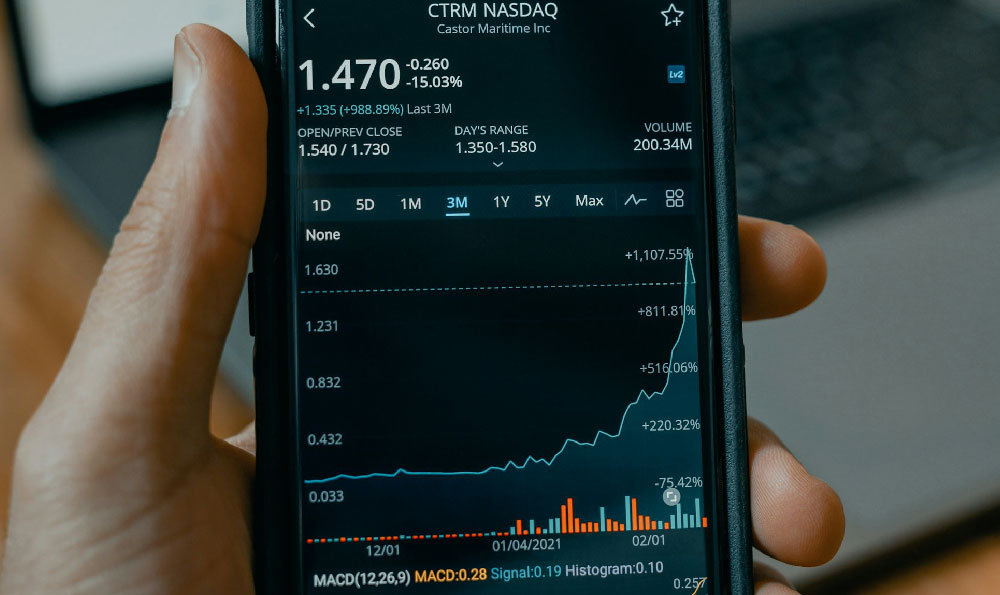How does Pinterest generate revenue, and is it profitable?

Okay, I understand. Here's an article addressing the question of Pinterest's revenue generation and profitability, avoiding bullet points, numbered lists, and directive phrases like "firstly" or "secondly," aiming for a comprehensive and engaging explanation:
Pinterest, the visual discovery engine, has evolved significantly from its initial incarnation as a simple platform for collecting and sharing inspirational images. Today, it stands as a major player in the social media landscape, generating substantial revenue through various avenues. Understanding how Pinterest makes money and whether or not it translates to consistent profitability requires a close look at its business model and the challenges it faces.
The primary source of Pinterest's revenue is advertising. Unlike some platforms that rely heavily on disruptive or overtly aggressive ad formats, Pinterest has built its advertising model around the user experience. Its ads, often referred to as Promoted Pins, are designed to seamlessly integrate into users' feeds, appearing alongside organic content. This non-intrusive approach is crucial because Pinterest users are often in a discovery mindset, actively seeking ideas and inspiration for purchases, projects, and other activities.

Promoted Pins function in several ways. They can direct users to specific product pages on e-commerce websites, allowing them to make purchases directly from Pinterest. They can also lead to blog posts, recipes, or other informational content, driving traffic to external websites and building brand awareness. Pinterest's ad targeting capabilities are sophisticated, allowing advertisers to reach specific demographics, interests, and even pinpoint users who have previously engaged with similar content. This granular targeting ensures that ads are shown to the most relevant audience, maximizing their effectiveness and return on investment.
Beyond standard Promoted Pins, Pinterest offers various other advertising formats, including video ads, carousel ads (allowing users to scroll through multiple images in a single ad), and collections ads (grouping products together in a visually appealing format). These formats cater to different advertiser needs and allow for more creative and engaging advertising campaigns. For example, a furniture company might use a carousel ad to showcase different angles and features of a new sofa, while a fashion brand could use a collections ad to display a curated outfit with links to purchase each individual item.
Another emerging revenue stream for Pinterest is e-commerce integration. The platform has been investing in features that make it easier for users to shop directly from within Pinterest. These include shoppable pins, which allow users to tap on a product in an image and be taken directly to the product page on the retailer's website. Pinterest also has partnerships with various retailers and e-commerce platforms to further streamline the shopping experience. The company has also experimented with in-app purchasing, allowing users to complete transactions without ever leaving the Pinterest platform, further reducing friction and increasing conversion rates. This move towards a more integrated e-commerce experience directly capitalizes on the platform's inherent use case: visual discovery leading to purchase intent.
Furthermore, Pinterest earns revenue through partnerships and integrations with other platforms. For example, Pinterest has partnerships with major e-commerce platforms like Shopify, making it easier for merchants to create and manage their Pinterest advertising campaigns. These partnerships not only generate revenue through fees or commissions but also contribute to the overall health of the Pinterest ecosystem by attracting more advertisers and users.
Despite these diverse revenue streams and continuous efforts to optimize them, Pinterest's path to sustained profitability has not been without its challenges. While revenue growth has generally been strong, the company has also faced significant expenses, particularly in areas such as research and development, sales and marketing, and infrastructure.
The intense competition in the social media landscape also puts pressure on Pinterest's profitability. The company must constantly innovate and adapt to stay ahead of competitors like Instagram, Facebook, and TikTok, all of which are vying for the same advertising dollars and user attention. This requires ongoing investment in new features, technologies, and marketing campaigns, which can strain its financial resources.
Another factor affecting profitability is the cost of acquiring and retaining users. Pinterest invests heavily in marketing and advertising to attract new users and keep existing users engaged. While user growth is essential for revenue growth, it also comes at a cost. The company must carefully balance its user acquisition efforts with its profitability goals.
Furthermore, economic downturns can impact Pinterest's revenue. When businesses face economic uncertainty, they often cut back on their advertising budgets, which can negatively affect Pinterest's advertising revenue. Therefore, Pinterest's financial performance is closely tied to the overall health of the global economy.
In conclusion, Pinterest generates revenue primarily through advertising, leveraging its unique visual discovery platform to create a non-intrusive and effective advertising experience. E-commerce integration and partnerships further contribute to its revenue streams. While Pinterest has demonstrated significant revenue growth, achieving consistent profitability remains a challenge due to high operating expenses, intense competition, and economic uncertainties. The company's success depends on its ability to continue innovating, optimizing its revenue streams, and managing its expenses effectively in the face of these challenges. Whether Pinterest can ultimately achieve and maintain sustained profitability remains to be seen, but the company is undoubtedly a significant force in the evolving landscape of social media and e-commerce.














